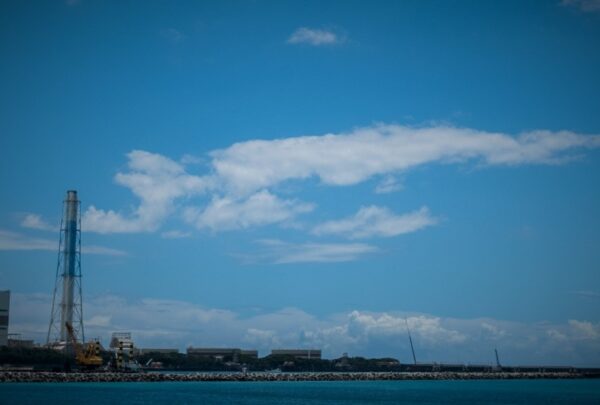On January 8th, Hitachinaka Generation Co. Inc., a subsidiary of JERA Co. Inc., began the commercial operation of Hitachinaka Joint Thermal Power Station Unit 1 (650 MW, utilizing ultrasupercritical [USC] pressure power generation). Both companies must confront the following issues with starting operation of this new power plant:
1) Even “high-efficiency” emits CO2
According to the preliminary examination documents from its environmental impact assessment, this unit is expected to emit 3.68 million tons of CO2 annually. Even with high efficiency, this is not a small amount of CO2 emissions, and it will continue as long as the power plant remains in operation, meaning that these emissions will be fixed for decades to come.
2) This is inconsistent with the Paris Agreement
It is said that in order to achieve the 1.5 °C target of the Paris Agreement, no new coal-fired power plants must be allowed to begin operation after 2020. In light of coal-fired power plants increasingly being retired across the world, starting operation of new coal-fired power plants is widely criticized.
3) This runs counter to the Japanese government’s declaration of net zero greenhouse gas emissions in 2050
Although Japan has announced a shift in coal policy, doing so without presenting a concrete phase-out plan and while starting operation of new coal-fired power plants raises doubts about the seriousness of Japan’s climate change measures in the international community.
4) The relationship to “JERA Zero CO2 Emissions 2050” is unclear
In October of last year, JERA announced “JERA Zero CO2 Emissions 2050,” which aims to reduce all CO2 emissions from its domestic and overseas businesses to virtually zero as of 2050. Yet despite this commitment, its subsidiary company has started operation of a new coal-fired power plant. Does this move mean that subsidiary companies are not covered? If JERA is serious about aiming for zero emissions, it should promptly formulate and present its individual zero emission plan, including the retirement of coal power plants.
5) A heavy burden on Tokai Village, which is aiming to become a zero carbon city
Tokai Village in Naka-gun, Ibaraki Prefecture, where the power plant is located, has announced that it will reduce its CO2 emissions to net zero in 2050 (Zero Carbon City Declaration, July 2020). Tokai Village already has existing large-scale thermal power plants operated by JERA (Hitachinaka Units 1 and 2, 1000MW each), and the addition of a new power plant certainly makes it much more difficult for the area to achieve its zero carbon target.
References:
JERA Press Release
Hitachinaka Generation Press Release [Japanese]

